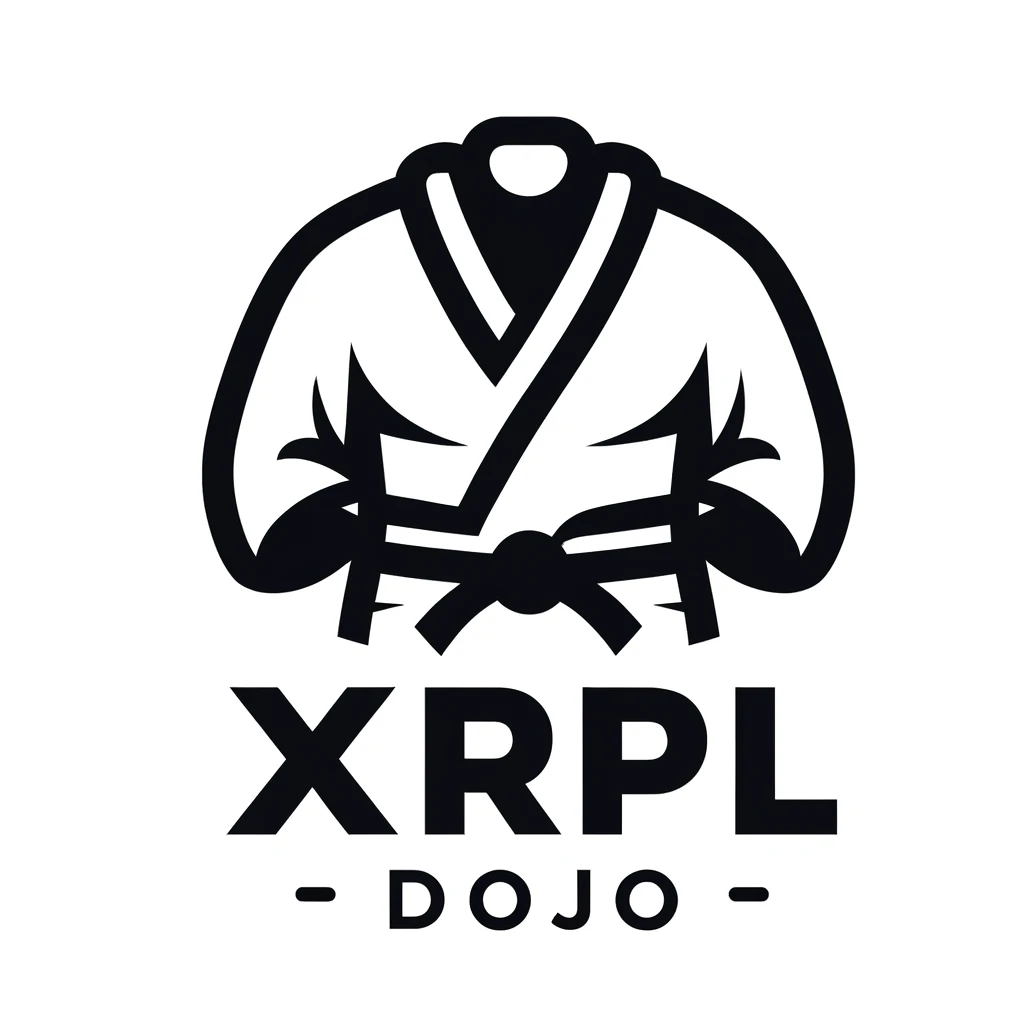What is a Payment Channel? | XRPL Development Level 4
First, let’s introduce the concept of a payment channel.
A payment channel is a means for a sender and recipient to conduct off-chain transactions. This concept exists regardless of the blockchain used.
While payment channels are particularly effective for blockchains with high transaction fees per transaction, XRP Ledger transactions are completed in 3-5 seconds with low transaction fees, making standard payment transactions sufficient in most cases.
However, there are specific conditions where using a payment channel offers advantages and becomes necessary.
Use Cases
Section titled “Use Cases”- Handling thousands to tens of thousands of transactions per second
- Micropayments (payments made in drops)
- Cases where the final payment amount is uncertain
These are the primary scenarios where payment channels become necessary, but there are various other use cases depending on the idea.
Lifecycle
Section titled “Lifecycle”Payment channels on XRPL have a unique lifecycle.
It’s helpful to get an image of the transaction flow before diving in.
Source: xrpl.org
Basic Steps
Section titled “Basic Steps”The basic procedure for using a payment channel is as follows.
Note: In practice, processes for confirming channelId and signing/verification are required but are omitted here.
This guide will explain with Alice as the recipient and Bob as the sender.
Creating a Channel
Section titled “Creating a Channel”First, the sender needs to create a payment channel and deposit initial funds.
Here is an example where the sender (Bob) creates a payment channel:
const createPaymentChannel = async () => { const tx = { TransactionType: 'PaymentChannelCreate', // Transaction type: PaymentChannelCreate Account: bobWallet.address, // Sender (Bob)'s account address Amount: xrpl.xrpToDrops('10'), // Amount of XRP to deposit in the channel (10 XRP here) Destination: aliceWallet.address, // Recipient (Alice)'s account address SettleDelay: 86400, // Seconds to wait before the channel can be closed (1 day here) PublicKey: bobWallet.publicKey, // Sender (Bob)'s public key CancelAfter: unixTimeToRippleTime(Date.now() + 86400 * 7 * 1000), // Seconds until the channel can be canceled (1 week here) };
// Submit the transaction const result = await client.submitAndWait(tx, { wallet: bobWallet });
console.log('Payment Channel Created:', result);};Adding Funds to a Channel
Section titled “Adding Funds to a Channel”You can add more funds to an existing channel.
Here is an example where the sender (Bob) adds funds to a payment channel:
const fundPaymentChannel = async (channelId) => { const tx = { TransactionType: 'PaymentChannelFund', // Transaction type: PaymentChannelFund Account: bobWallet.address, // Sender (Bob)'s account address Channel: channelId, // Payment channel ID Amount: xrpl.xrpToDrops('5'), // Amount of XRP to add to the channel (5 XRP here) };
const result = await client.submitAndWait(tx, { wallet: bobWallet });
console.log('Payment Channel Funded:', result);};Closing a Channel
Section titled “Closing a Channel”Once the transactions are completed, the channel is closed, and the final balance is recorded on-chain.
Here is an example where the sender (Bob) closes a payment channel:
const closePaymentChannel = async (channelId) => { const tx = { TransactionType: 'PaymentChannelClaim', Account: bobWallet.address, Channel: channelId, Flags: xrpl.PaymentChannelClaimFlags.tfClose, };
const result = await client.submitAndWait(tx, { wallet: bobWallet });
console.log('Payment Channel Closed:', result);};Summary
Section titled “Summary”A payment channel is a powerful feature for achieving fast and low-cost micropayments.
This allows for efficient off-chain transactions, minimizing on-chain transaction fees. Understanding how to create, close, and add funds to a payment channel enables more flexible transactions.
